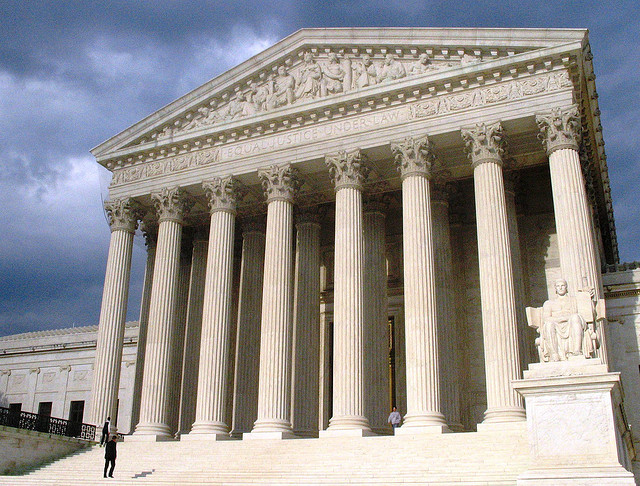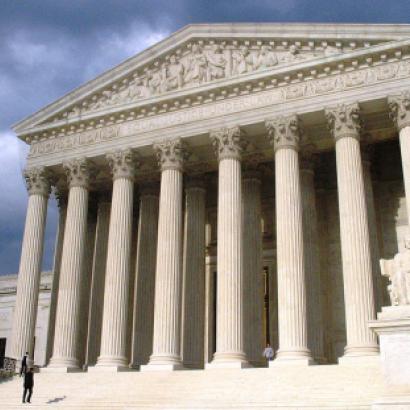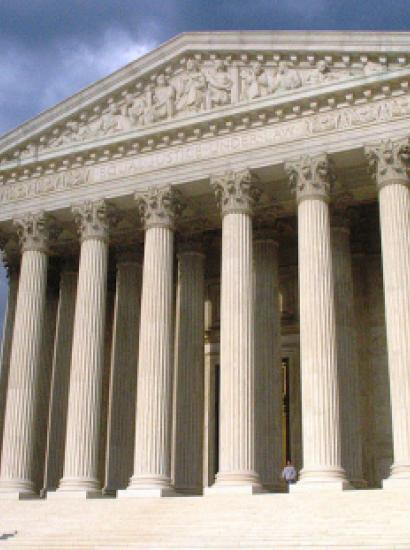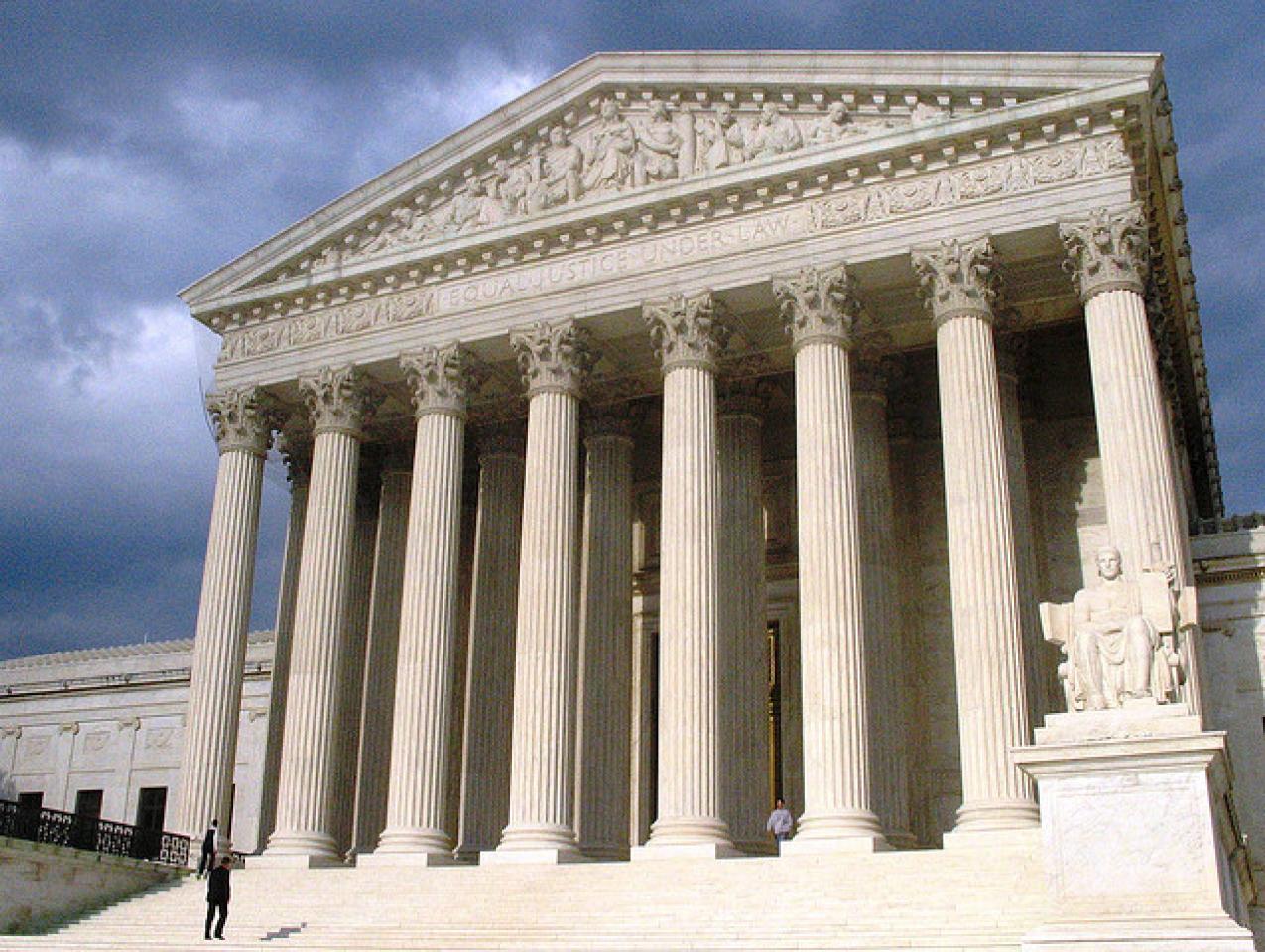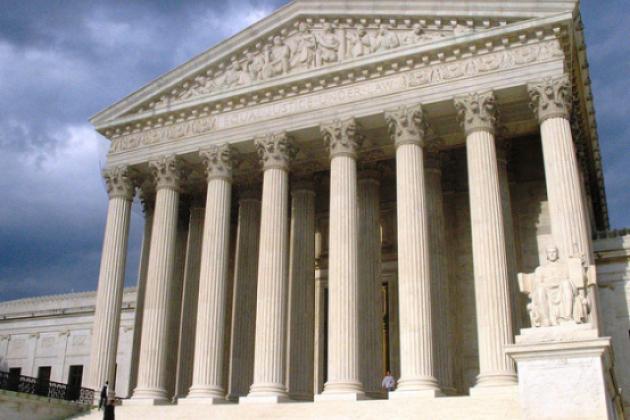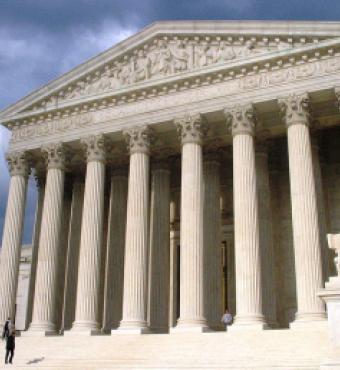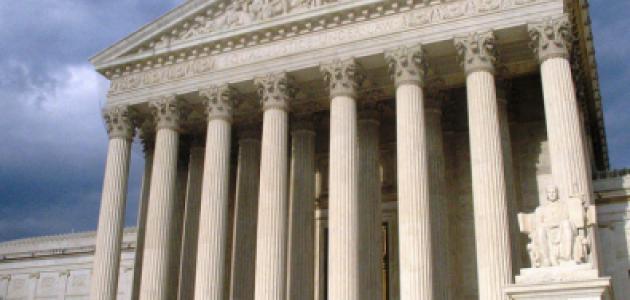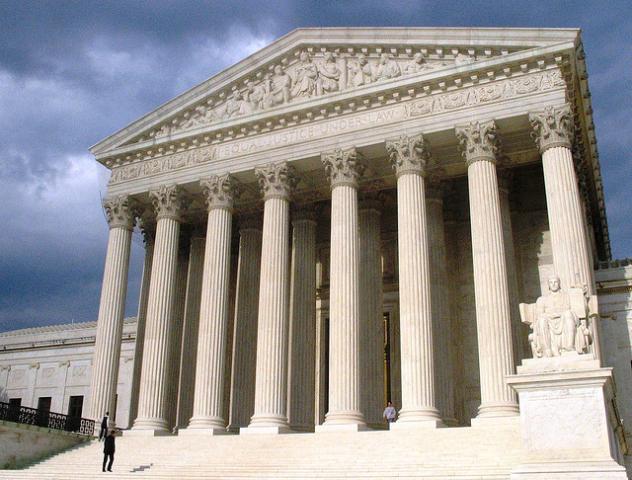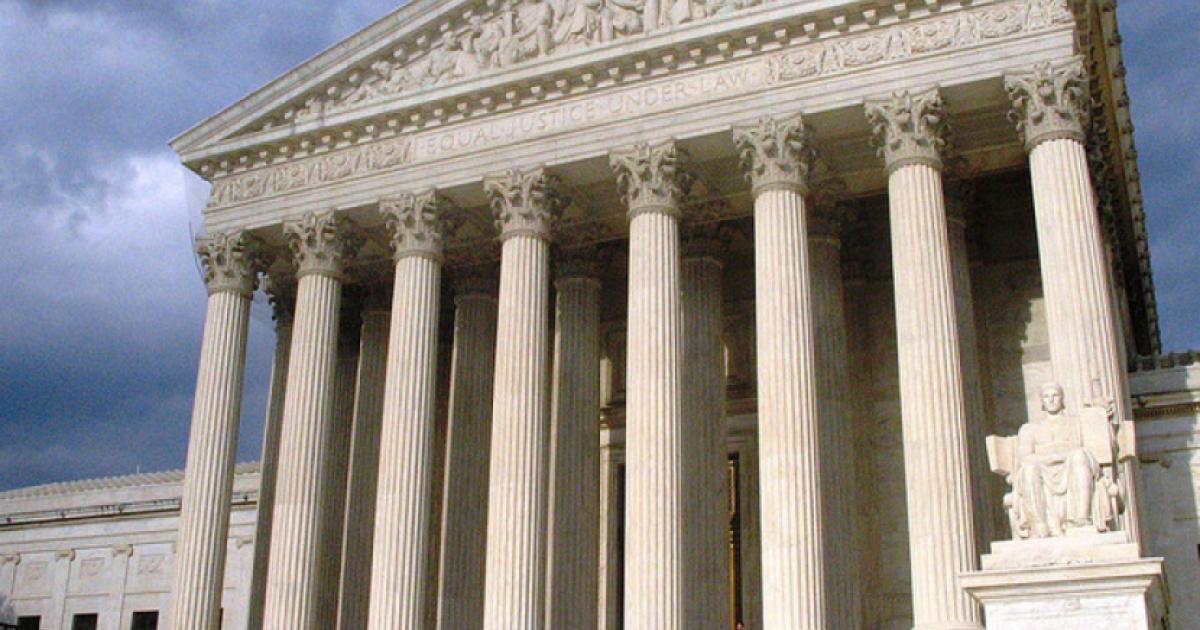Every year, more than 3 million child abuse cases are reported in the United States, one of the worst records among civilized societies. This includes physical abuse, sexual abuse, emotional abuse, and physical and emotional neglect. About 80 percent of the abuse cases involve at least one parent as a perpetrator. More than 1,500 children die annually because of abuse and neglect. About 70 percent of them are under two years of age.
When child abusers are identified, child protection agencies and the criminal justice system play significant roles. Because of the necessity of producing the testimony of abused child victims in open court, the prosecution of child abusers is, in many cases, more difficult than prosecuting run-of-the-mill criminals. The reasons for this are varied. Some victims, especially infants, are too young to testify. Others are not mature enough to recall specifics of the crime. Still others are subjected to coercion and threats if they testify.
The Supreme Court of the United States had an opportunity recently to clear the air concerning the admissibility of the testimony of abused children in abuse cases, and it produced a decision that properly balances Constitutional rights with common sense.
The case, which was decided in June 2015, is Ohio v. Clark. The facts are sordid. The defendant, Darius Clark, lived in Cleveland, Ohio, with his girlfriend, T. T., and her two children, L. P., a 3-year-old boy, and A. T., an 18-month old girl. Clark, nicknamed “Dee,” was T. T.’s pimp. Clark, an entrepreneur with apparent marketing skills, regularly sent T. T. on trips to Washington, D. C., to work as a prostitute. While on such a trip in March 2010, T. T. left her children under Clark’s care. While she was away, Clark took L. P. to preschool where one of the teachers noticed that L. P. had a bloodshot eye and abrasions on his body. Teachers and a supervisor asked the child who did this to him. He replied “Dee, Dee” and added “Dee is big.” One of the teachers called a child abuse hotline to alert authorities.
Clark later arrived at the school, denied responsibility for the injuries, and departed with L. P. The following day a social worker located the two children and took them to a hospital where both were found to have multiple injuries.
Clark was indicted for various child abuse felonies. At trial, L. P.’s statements to the teachers were introduced as evidence of guilt, but L. P. did not testify. Under Ohio law, children under 10 years of age are not permitted to testify if they appear incapable of testifying accurately. A trial court judge conducted a hearing and determined that L. P. was not competent to testify. Nevertheless, the trial court judge allowed the admissibility of L. P.’s out-of-court hearsay statements to the teachers identifying Clark as the abuser because Ohio law allows the admission of reliable hearsay statements by child abuse victims.
Clark objected to the admission of L. P.’s hearsay statements, but he was convicted of a number of felonies and sentenced to 28 years in prison. A state appellate court reversed the conviction on the ground that admission of the hearsay statements violated the Confrontation Clause of the Sixth Amendment to the Constitution. The Confrontation Clause provides: “In all criminal prosecutions, the accused shall enjoy the right . . . to be confronted with the witnesses against him.” The Supreme Court of Ohio affirmed the state appellate court’s decision, holding that L. P.’s statements qualified as “testimonial” because the primary purpose of the teachers’ questioning was not to deal with an existing emergency, but rather to gather evidence relevant to a criminal prosecution.
Over thirty years ago, in Ohio v. Roberts, the Supreme Court wrestled with the limits of the Confrontation Clause and decided that the Clause permits the admission of out-of-court statements by an unavailable witness if the statements bear “adequate indicia of reliability.” In other words, prosecutors could use typical pre-trial statements of child abuse victims without requiring the children to testify in court, where they would be subjected to cross-examination.
This prosecution-friendly doctrine ended when the Supreme Court, in a unanimous decision, issued Crawford v. Washington in March 2004 and reversed the holding of Ohio v. Roberts. Crawford dealt with the use of a wife’s out-of-court statement against her husband. During an investigation where her husband was accused of assaulting a third party, she made statements to the police that were inconsistent with her husband’s claim of self-defense. She was unavailable to testify against her husband because of the long-established husband-wife privilege. The Court determined that the wife’s statements made to police at the station were “testimonial” and were inadmissible because of the Confrontation Clause. The Court did not provide a clear definition of “testimonial” statements or explain why a “testimonial” statement is treated differently than a “non-testimonial” statement.
After Crawford, the Court struggled to explain what it meant by “testimonial.” In Hammon v. Indiana (June 2006), the Court held that out-of-court statements made to the police by the victim of an abusive husband were “testimonial” and thereby excluded by the Confrontation Clause. The Court found it significant that the statements were made when the wife was isolated from her husband. Conversely, in Davis v. Washington, which was consolidated with Hammon v. Indiana and decided the same day, the Court held that the victim’s statements to a 911 emergency operator during and shortly after being violently attacked by her boyfriend were not “testimonial” and were thus admissible. Finally, in Michigan v. Bryant (February 2011), the Court held that statements made by a dying victim about his assailant were not “testimonial,” and thus admissible, because the conversation was primarily aimed at quelling an ongoing emergency and not for the purposes of prosecution. None of these cases involved the statements of abused children.
In the Clark child abuse case, the statements by the child victim were made to preschool teachers, not the police. The statements were made in the context of an emergency involving child abuse. There is no evidence that the primary purpose of the statements made to the teachers was to gather evidence for prosecution.
In a unanimous opinion, the Supreme Court concluded that the statements of L. P. were not “testimonial,” did not implicate the Confrontation Clause, and therefore were admissible at trial. The Court added that “Statements by very young children will rarely, if ever, implicate the Confrontation Clause.” The Court reasoned that “Few preschool students understand the details of our criminal justice system” and “it is extremely unlikely that a 3-year-old child in L.P.’s position would intend his statements to be a substitute for trial testimony.” The Court added that “a young child in these circumstances would simply want the abuse to end, would want to protect other victims, or would have no discernible purpose at all.”
It is doubtful that the drafters of the Confrontation Clause intended to erect obstacles to prosecuting child abusers. Nevertheless, the Court’s earlier holding in Crawford v. Washington appeared to do just that. The text of the Confrontation Clause is straightforward, but like other Constitutional provisions, exceptions are warranted, and it is the Supreme Court’s responsibility to carve out and define those exceptions. In the Clark case, the Court made an exception by distinguishing between “testimonial” and “non-testimonial” statements and found L. P.’s statements to be “non-testimonial” because they were not made for the purpose of prosecution
“Testimonial” statements are those made for the purpose of establishing or proving some fact. They are typically those made to the police during an investigation. They are not admissible while “non-testimonial” statements are. Some call this distinction a fiction, claiming it is a distinction without a difference. Perhaps so, but the Court has a duty to exercise common sense and not use the blindfold of Lady Justice to subvert justice by excluding the testimony of a child abuse victim who is usually the only person, other than the abuser, who has first-hand knowledge of the criminal acts.
Preventing judges and juries from evaluating the valuable and accurate out-of-court testimony of child abuse victims is a worthy objective. The Court’s holding in Ohio v. Clark is refreshing in its common sense approach to the plague of child abuse.







